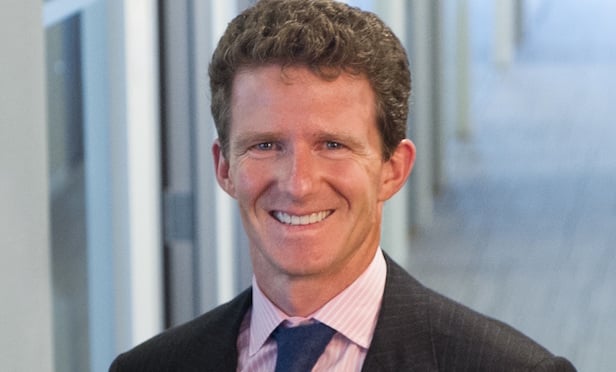
BETHESDA, MD—Anyone aiming to strike gold in America's housing market would be wise to focus on another color as well: green. With substantial benefits to businesses, consumers and the planet, green development is on the rise. Thanks to discounted financing, developers have more reasons than ever to enter this territory.
GSE powerhouses Fannie Mae and Freddie Mac both launched discounted loan programs in 2016 to incentivize investments in green multifamily properties. By the end of Q2 2017, investments in the Fannie Mae portfolio alone generated enough electricity and water savings to power 31 million cell phones for a year and save 15.6 billion glasses of water—over two glasses for every person on Earth.
Of the 9.4 million in total household growth between 2006 and 2017, 9.2 million were renter households. (Sources: U.S. Census Bureau, Current Population Survey/Housing Vacancy Survey, Freddie Mac)
Worthy Pursuits
Fannie Mae and Freddie Mac green financing solutions deliver demonstrable value across the triple bottom line of people, profits and planet. Take Fannie Mae's Green Rewards retrofit loan program for multifamily properties.
Green Rewards offers owners and developers low pricing and additional loan proceeds in exchange for investing capital in electricity and water conservation, such as LED lighting and low water usage toilets and showerheads. Operationally, owners who retrofit their properties with these types of improvements will generate significant cost savings.
Tenants in these properties, meanwhile, stand to save an average of $127 on their annual utility bills—money they can reallocate for education, healthcare, childcare or transportation.
Total annual savings from efficiency measures across all multifamily properties could total $3.4 billion, according to a 2016 estimate by the American Council for an Energy-Efficient Economy.
New Standards for Green
So how can developers earn their share of green incentives? The standards are evolving, with Fannie Mae and Freddie Mac requiring multifamily properties to achieve a 25% reduction in energy or water usage in 2018—a slight increase from 2017. Incentives are also available to properties with Green Building Certification, such as LEED or ENERGY STAR®.
Retrofits are easy targets for savings, and outfitting new properties with efficient features now will yield big returns from the start while contributing to more stable environmental conditions in the near and distant future.
The Case for More
It is encouraging to see that a successful launch for green finance initiatives has prompted FHFA (the regulator of Fannie Mae and Freddie Mac) to request more in the coming years. Specifically, those developers who decide to improve their property's electricity or water consumption by 25 percent will be eligible for discounted loan pricing that typically generates a two- to three-year payback on the investment.
At a time when more and more Americans are deciding to live in rental housing versus owning their own home, these conservation efforts have the ability to benefit owners, tenants and the planet at ever-increasing levels.
Willy Walker is chairman and CEO of Walker & Dunlop. The views expressed here are the author's own.
Want to continue reading?
Become a Free ALM Digital Reader.
Once you are an ALM Digital Member, you’ll receive:
- Breaking commercial real estate news and analysis, on-site and via our newsletters and custom alerts
- Educational webcasts, white papers, and ebooks from industry thought leaders
- Critical coverage of the property casualty insurance and financial advisory markets on our other ALM sites, PropertyCasualty360 and ThinkAdvisor
Already have an account? Sign In Now
*May exclude premium content© 2025 ALM Global, LLC, All Rights Reserved. Request academic re-use from www.copyright.com. All other uses, submit a request to [email protected]. For more information visit Asset & Logo Licensing.








